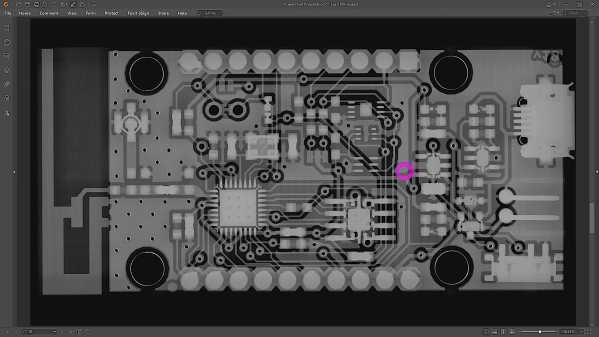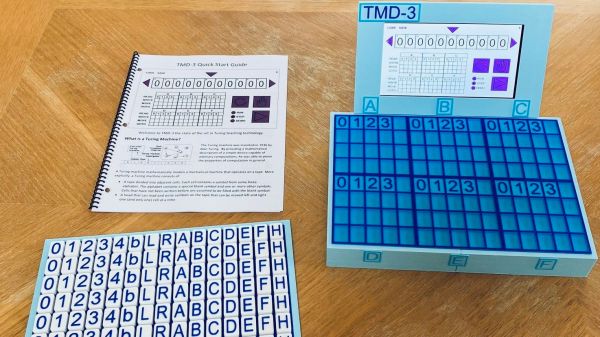Join us on Wednesday, September 27 at noon Pacific for the Keebin’ with Kristina Hack Chat with our own Kristina Panos!
When you think about it, wiggling your fingers over a bunch of magic chiclets is a pretty strange gateway to the written word. And yet, here we sit a hundred-odd years after someone first decided that the same basic interface used to run pianos and harpsichords for centuries would be a fantastic model for mechanizing the whole writing thing. Just because it makes perfect sense thanks to the outsized portion of our brains dedicated to the motor and sensory functions of our wonderfully complex and versatile hands doesn’t mean it’s not weird.
 Still and all, it seems like there could be some room for improvement in the basic design of keyboards. We could probably do with something that makes typing easier, results in less repetitive strain, or is just more fun to do. Pushing back on the traditional and boring designs of the past is where we find the strange breed of keyboard builders and modders that our very own Kristina Panos counts herself part of. You know here from her popular “Keebin’ with Kristina” series, and now we’ve coaxed her into checking into the Hack Chat to talk to all the rest of us keyboard-minded individuals. If you’ve ever thought that there has to be a better way to enter text, or even just something a little bit different, you’ll want to come along and join the conversation.
Still and all, it seems like there could be some room for improvement in the basic design of keyboards. We could probably do with something that makes typing easier, results in less repetitive strain, or is just more fun to do. Pushing back on the traditional and boring designs of the past is where we find the strange breed of keyboard builders and modders that our very own Kristina Panos counts herself part of. You know here from her popular “Keebin’ with Kristina” series, and now we’ve coaxed her into checking into the Hack Chat to talk to all the rest of us keyboard-minded individuals. If you’ve ever thought that there has to be a better way to enter text, or even just something a little bit different, you’ll want to come along and join the conversation.
Our Hack Chats are live community events in the Hackaday.io Hack Chat group messaging. This week we’ll be sitting down on Wednesday, September 27 at 12:00 PM Pacific time. If time zones have you tied up, we have a handy time zone converter.

















